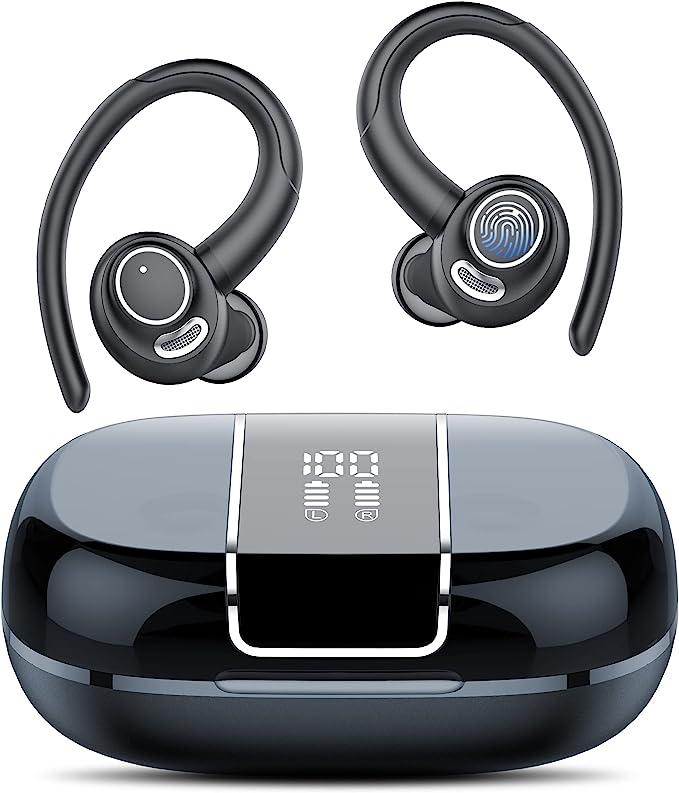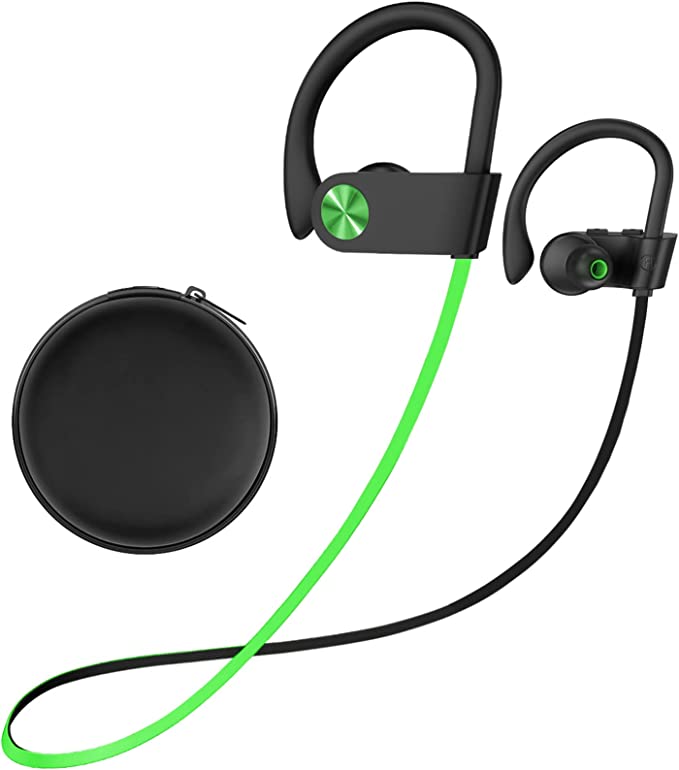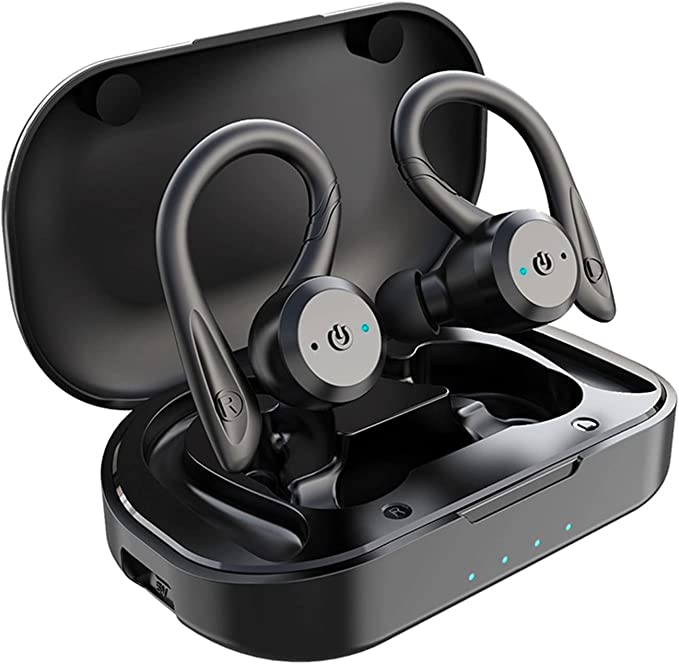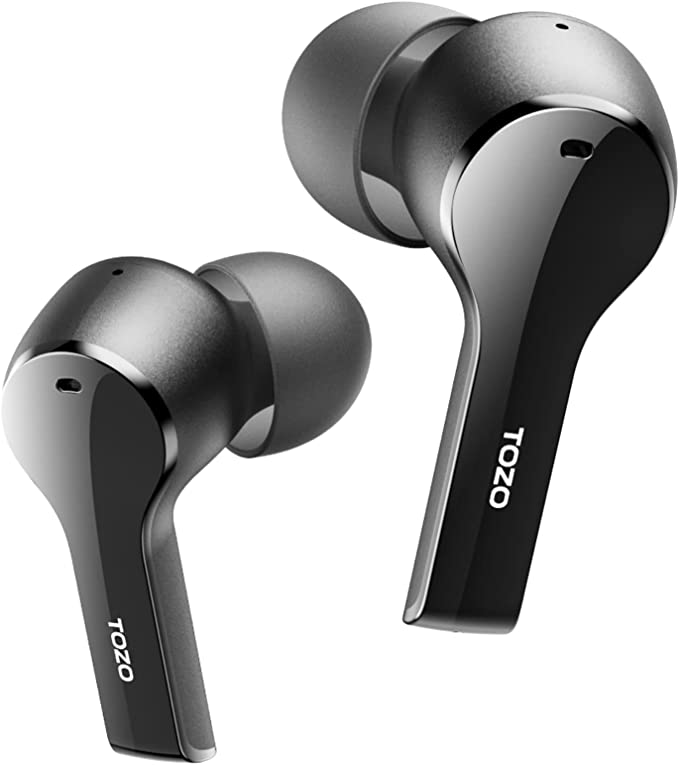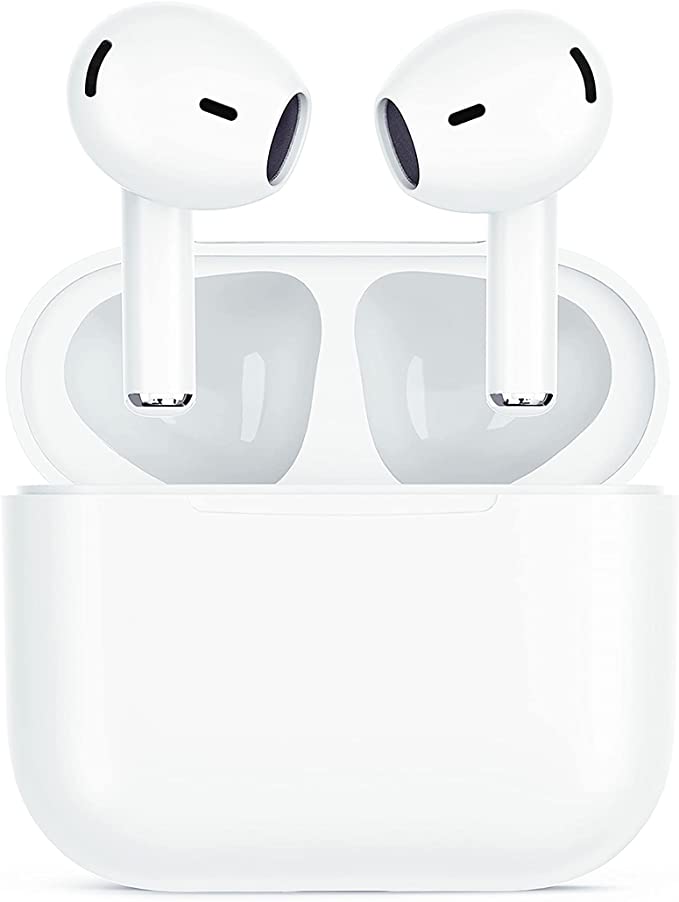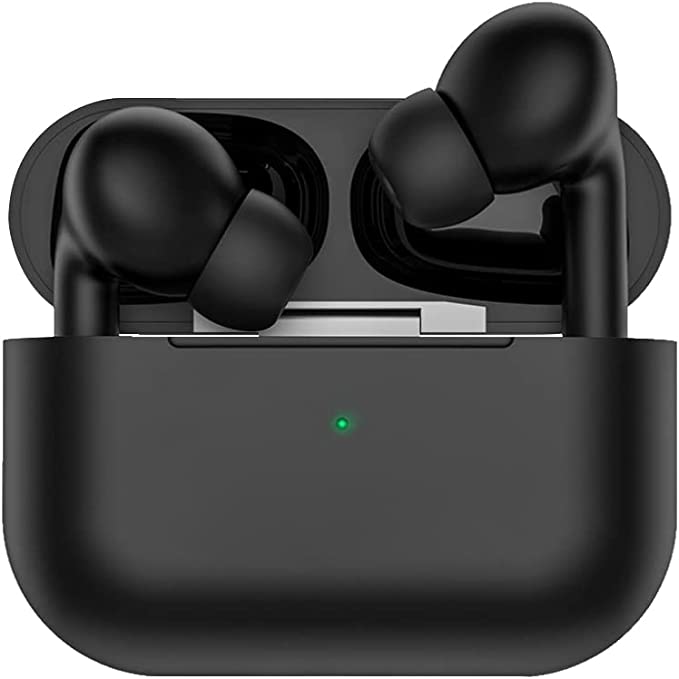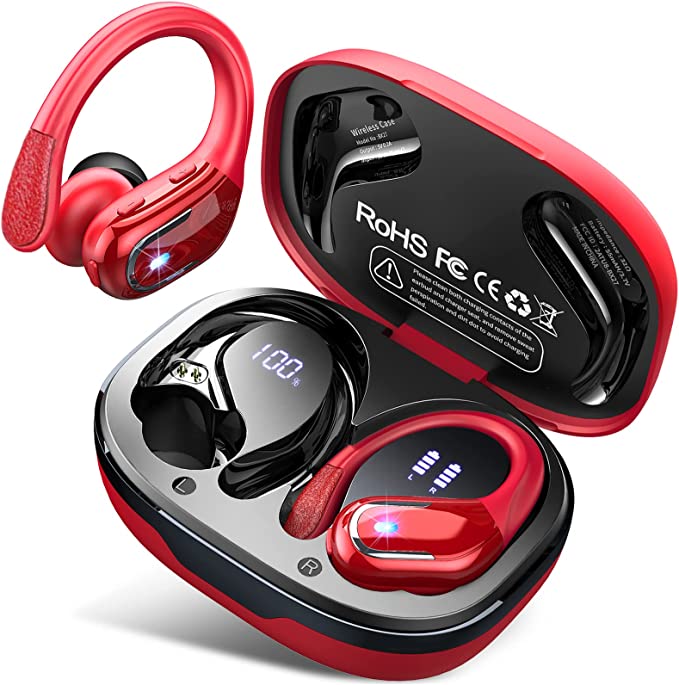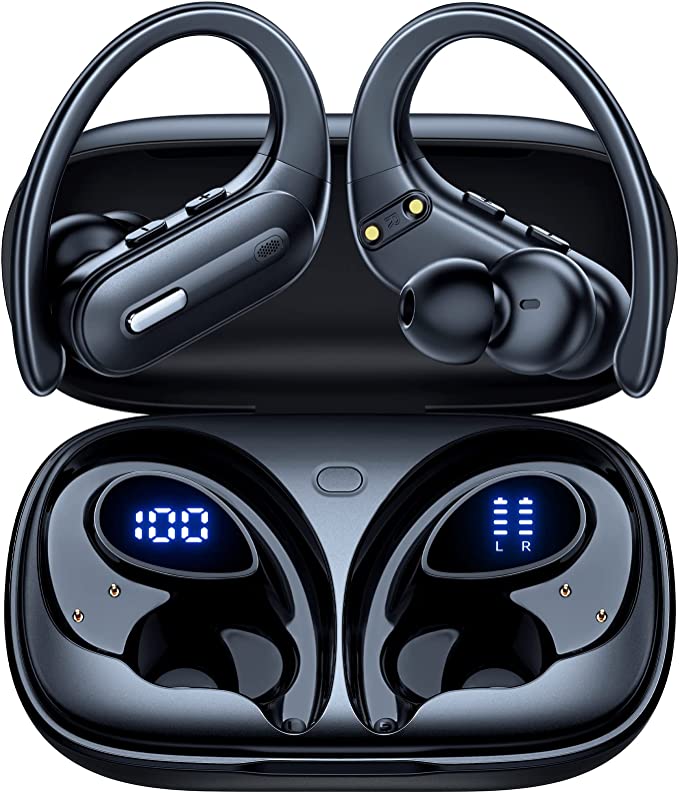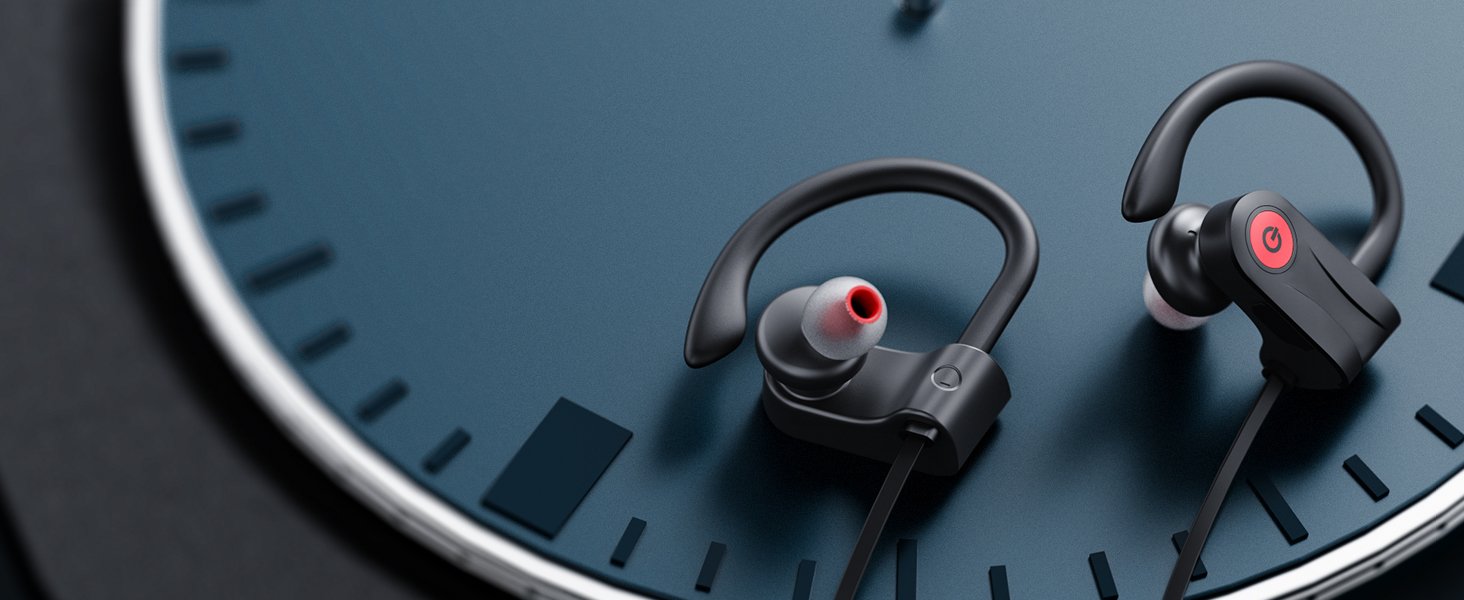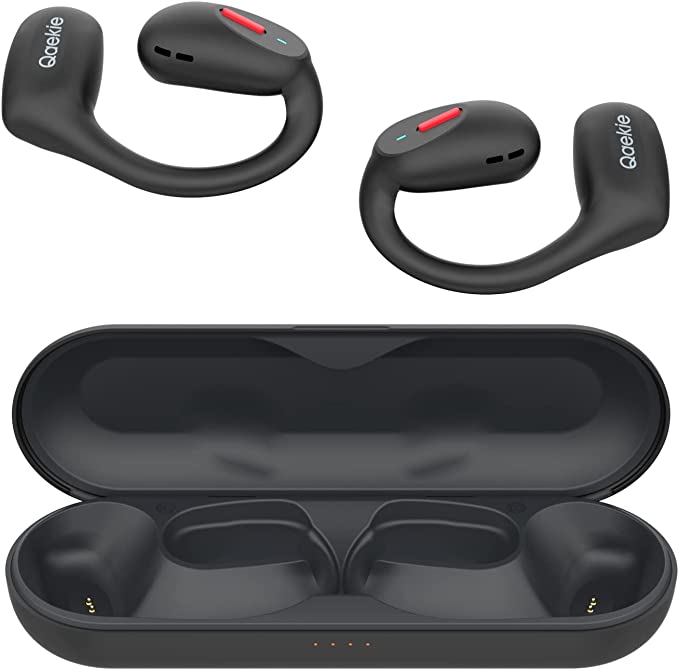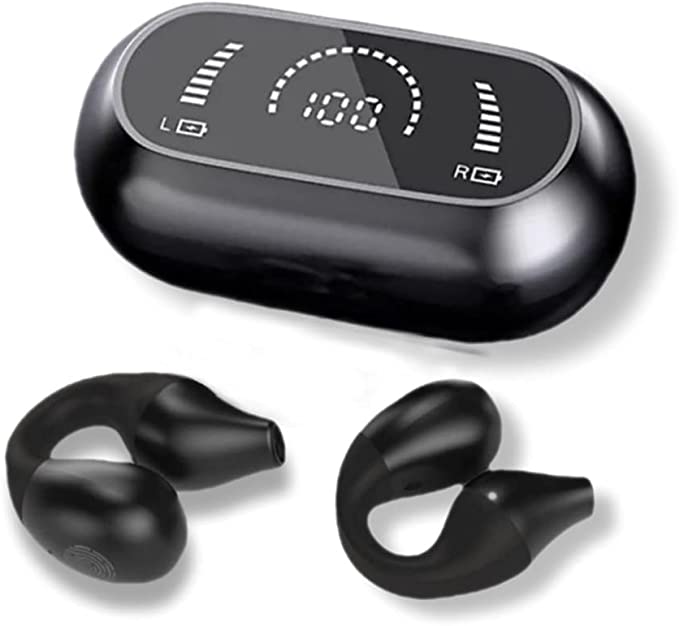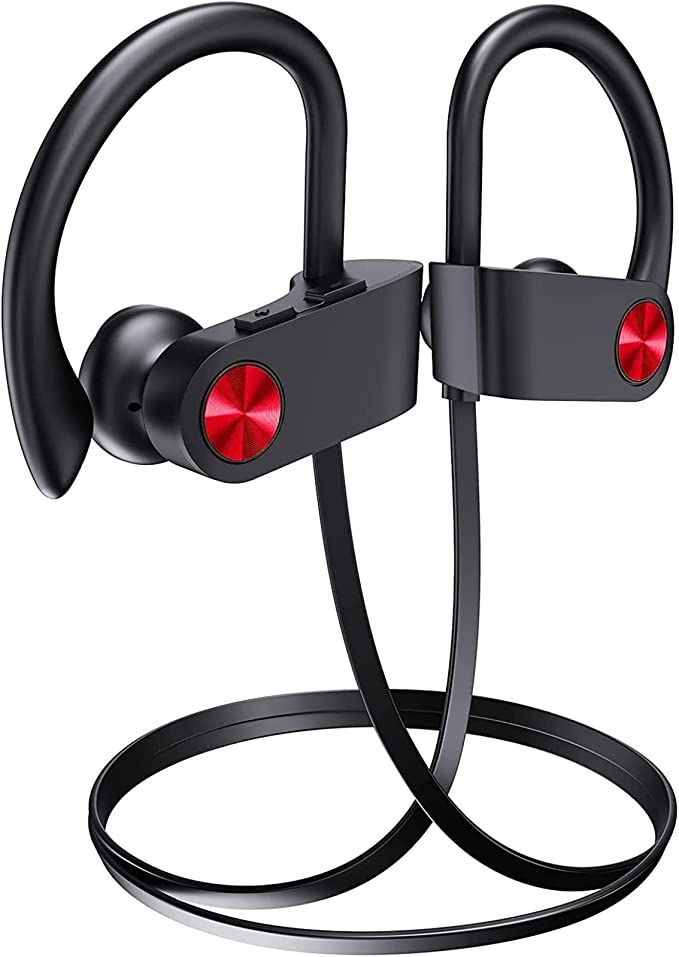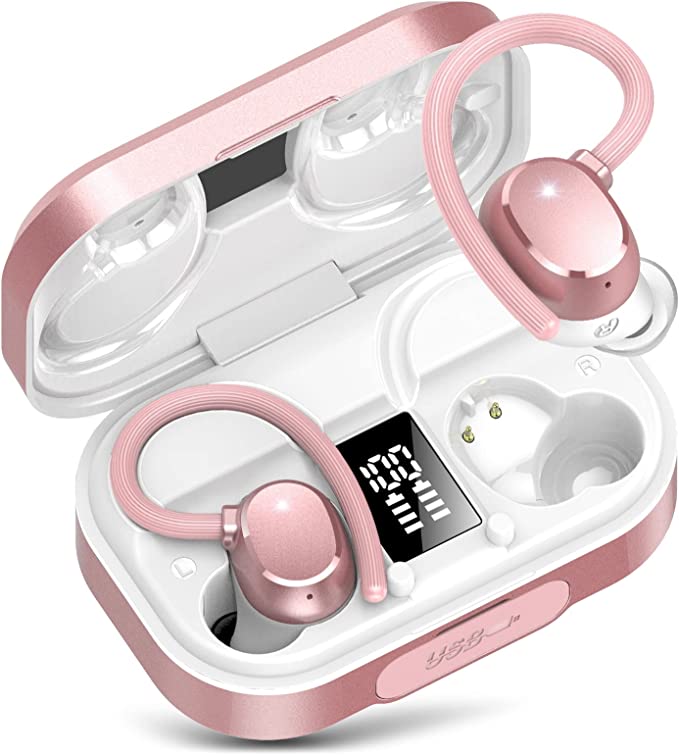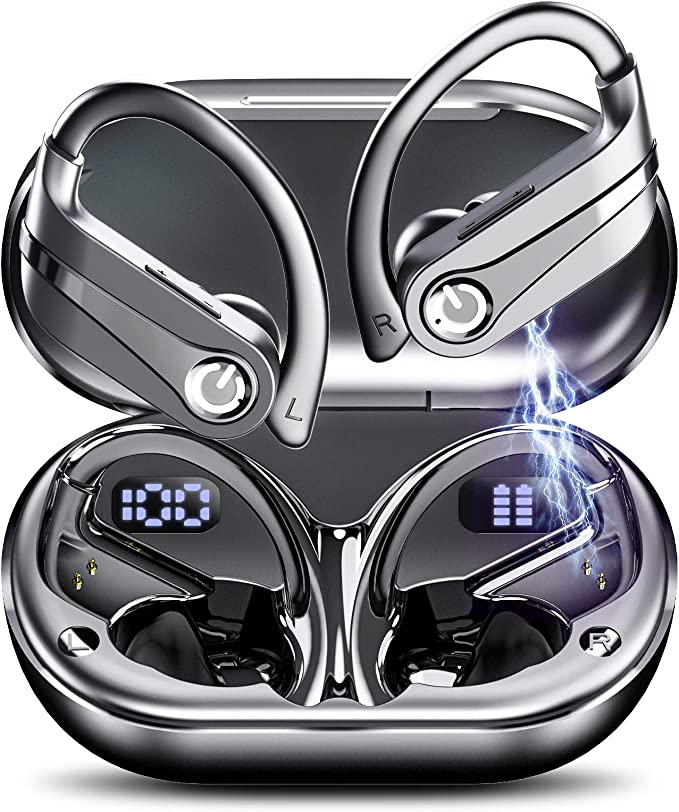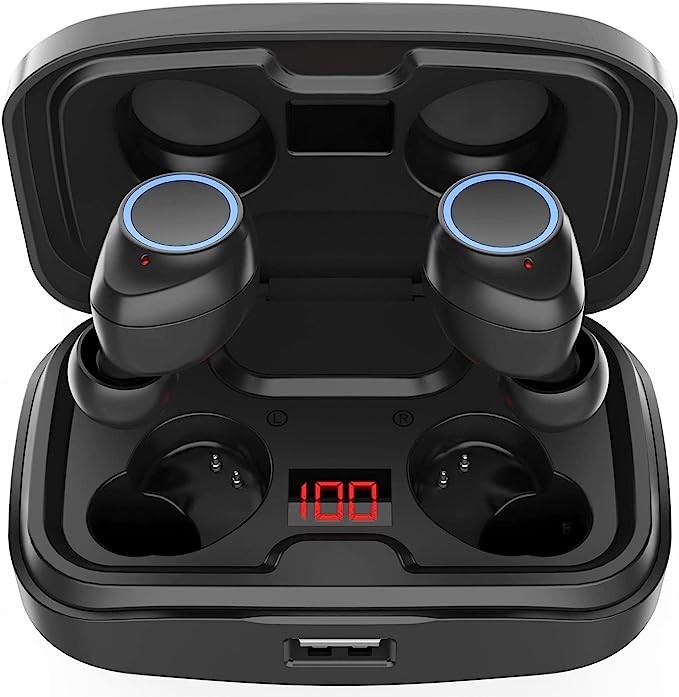YOKIBY BX30 Wireless Earbuds – A Budget-Friendly Choice with Impressive Features
Update on July 2, 2025, 2:15 p.m.
Alex’s ghost wasn’t a specter that haunted his apartment; it was a phantom that lived in his ears. Training for his first half-marathon, he’d felt the familiar, gut-wrenching dread as his left earbud, slick with sweat, made a suicidal leap to the unforgiving pavement. His curated, high-tempo playlist sputtered into silence. The rhythm was gone. The ghost—the silence where his motivation should be—was back. His body was ready for the 13.1-mile challenge, but his gear, the very fuel for his spirit, was failing him.
This is a story familiar to anyone who has ever tried to pair physical exertion with a musical soundtrack. It’s a battle against gravity, sweat, and the fickle nature of wireless signals. Alex realized he didn’t just need new earbuds; he needed a tenacious co-pilot, an audio partner as resilient as his own ambitions. His search led him to a set of unassuming sport headphones, the YOKIBY BX30, and in the process, he inadvertently uncovered the fascinating science behind what makes a workout soundtrack truly unshakeable.

Taming the Tyranny of the Bounce
The first enemy of any running playlist is kinetic energy. Every stride sends a shockwave through the body, eager to dislodge anything not securely fastened. The most elegant solution is often the simplest, and here it lies in pure ergonomics: a soft, flexible earhook. Rather than relying on a precarious friction-fit inside the ear canal, this design uses the ear’s own cartilage, the auricle, as a natural, stable anchor. It’s a principle borrowed from eyeglasses and other wearables—work with the body’s geography, don’t fight it.
This secures the device, but what about the sound? As some experienced users note, the true seal and comfort come from the silicone eartip itself. The fit is deeply personal. A nozzle that feels perfect to one person might feel slightly too large for another, affecting long-term comfort. Finding the right size from the included options is crucial, as a proper seal not only enhances comfort but also acts as a form of passive noise cancellation, blocking out ambient noise and dramatically improving the bass response you can feel.

The Unseen Handshake of a Flawless Connection
Alex’s old earbuds had a nasty habit of dropping out whenever he rounded a specific street corner, a Bermuda Triangle of wireless interference. This is the challenge of Bluetooth, a technology named, fittingly, after Harald “Bluetooth” Gormsson, a 10th-century Viking king famed for uniting disparate Danish tribes. In the same spirit, the technology aims to unite our devices into a seamless whole.
The BX30 employs Bluetooth 5.3, a modern dialect in this technological language. Think of it as upgrading from a winding country lane to a multi-lane smart highway. It’s designed to be more efficient, intelligently hopping between frequencies to avoid congestion and maintain a rock-solid connection, even up to a claimed 15 meters away. This isn’t just about preventing dropouts; it’s about efficiency. This smarter data transmission protocol requires less power, a key factor in how the earbuds can push towards a stated 12 hours of playback on a single charge. For Alex, it meant his connection was no longer a ghost but an unflappable, invisible handshake linking his phone to his ears.

A Shield Against the Storm
For an athlete, sweat is a badge of honor. For electronics, it’s a corrosive menace. To combat this, engineers rely on the Ingress Protection (IP) rating system, a standardized global language for durability. The BX30 carries an IPX7 rating, and decoding it reveals its true resilience.
The ‘X’ simply means it hasn’t been formally tested against dust ingress. The ‘7’, however, is the hero figure. It certifies that the device can survive being fully submerged in up to one meter of fresh water for 30 minutes. This isn’t a vague marketing promise of being “water-resistant”; it’s a specific, verifiable benchmark of engineering. It grants the user what we might call confidence immunity—the freedom to push for one more mile in a surprise downpour or sweat through the toughest workout without a flicker of electronic anxiety. It’s a shield against the storm, both literal and metaphorical. But a shield has its limits; this rating doesn’t account for the pressure of a running faucet or the chemicals in soap, which is why a post-workout wipe-down is always wiser than a trip into the shower.

The Heartbeat of Your Playlist
Sound that is merely loud is noise. Sound that has clarity, depth, and texture is motivation. The difference often lies in a component smaller than a dime: the driver’s diaphragm. This is the membrane that vibrates to create sound waves, and the BX30 uses a 10mm Graphene Diaphragm.
This is where the science gets truly exciting. Graphene, first isolated by physicists in 2004 in a discovery that would earn them the Nobel Prize, is a wonder material. Imagine a sheet of carbon just a single atom thick, yet more than 200 times stronger than steel and incredibly lightweight. When used as a diaphragm, these properties are transformative.
- Its lightness allows it to start and stop vibrating with near-instantaneous speed. This translates to crisp, detailed highs and clear vocals.
- Its incredible stiffness means it resists deforming or “wobbling” even when moving violently to produce deep bass notes. This rigidity slashes distortion, resulting in a clean, powerful, and accurate low-end.
It’s like comparing a flimsy paper drum skin to one made of taut, reinforced Kevlar. The graphene driver moves air with precision, turning a muddy background track into the visceral, chest-thumping heartbeat of Alex’s run.

Fuel for the Finish Line
The final ghost to exorcise is battery anxiety—the creeping dread that your anthem will fade to silence on the last, most grueling mile. The earbuds themselves hold a generous charge, but the system’s true endurance comes from the 650mAh charging case. It’s less a case and more a portable pit crew, ready to refuel the earbuds multiple times for a cumulative playback time that the manufacturer claims can reach up to 72 hours.
For a runner like Alex, this means he might only need to charge the case once a week. The bright, clear LED display on the front, showing the exact percentage of power remaining, is the final blow against anxiety. It replaces guesswork with certainty, allowing him to focus on his training, not on his battery meter.
On race day, as Alex stood at the starting line, there were no ghosts. There was only the secure, comfortable fit of his headphones, the quiet confidence in their waterproof shield, and the steady, reliable connection to his phone. As he crossed the finish line, exhausted and elated, his chosen victory anthem swelled in his ears, perfectly clear and distortion-free. The technology had become invisible, a seamless extension of his will. It hadn’t run the race for him, but it had anchored his anthem, every step of the way. And in that moment, it was clear that the best tech doesn’t just play music; it empowers us to reach the finish line, whatever and wherever that may be.
